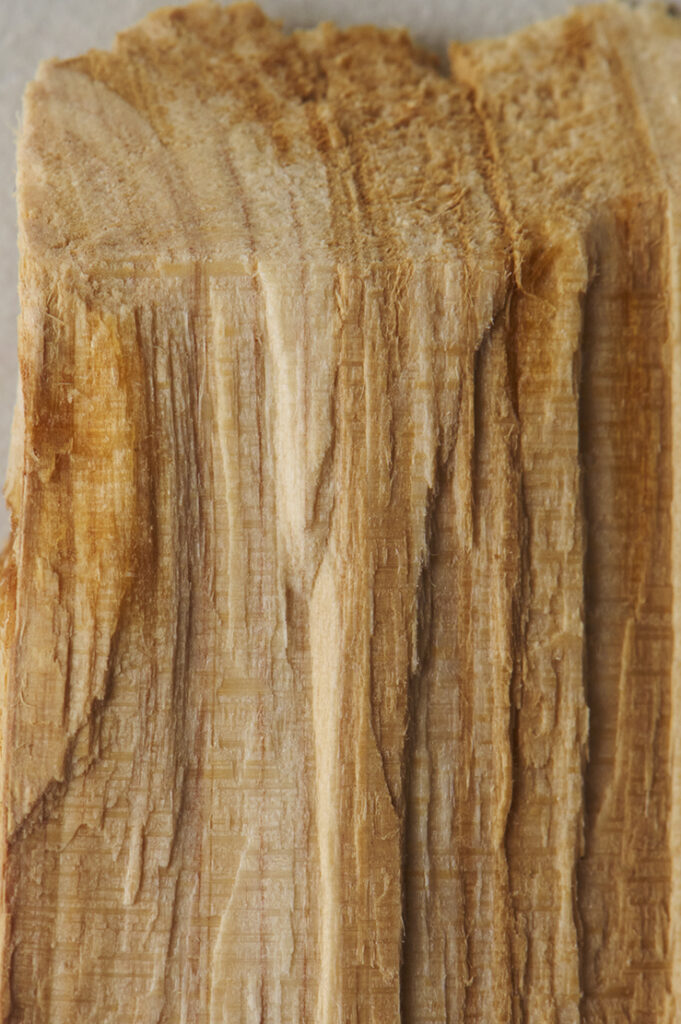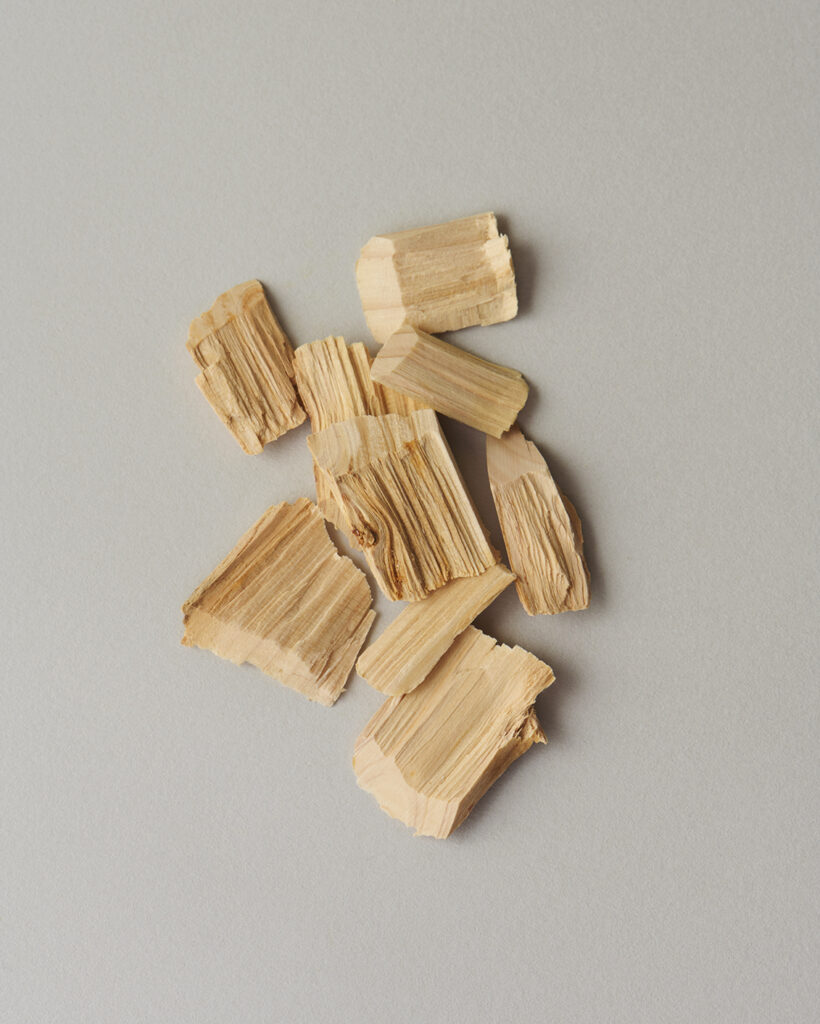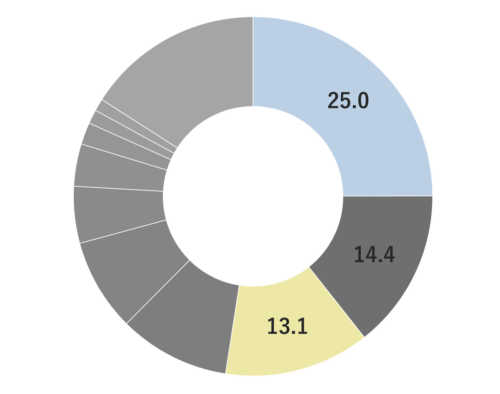Hinoki, belonging to the Cupressaceae family, is a tall evergreen coniferous tree growing up to 30-40 meters. Its trunk can measure 1-2 meters in diameter and features an upright, reddish-brown, smooth bark, along with reddish-brown fruit. The name “hinoki” is thought to originate from ancient practices of using the tree for starting fires, or it may have been named “hinoki” signifying “hi,” meaning the greatest of all things. Endemic to Japan, it is widely distributed from Honshu to Kyushu along the Pacific Ocean side. Hinoki has played a prevalent role as a building material throughout history, used for numerous iconic historical structures, thus earning its status as a familiar and cherished tree.




